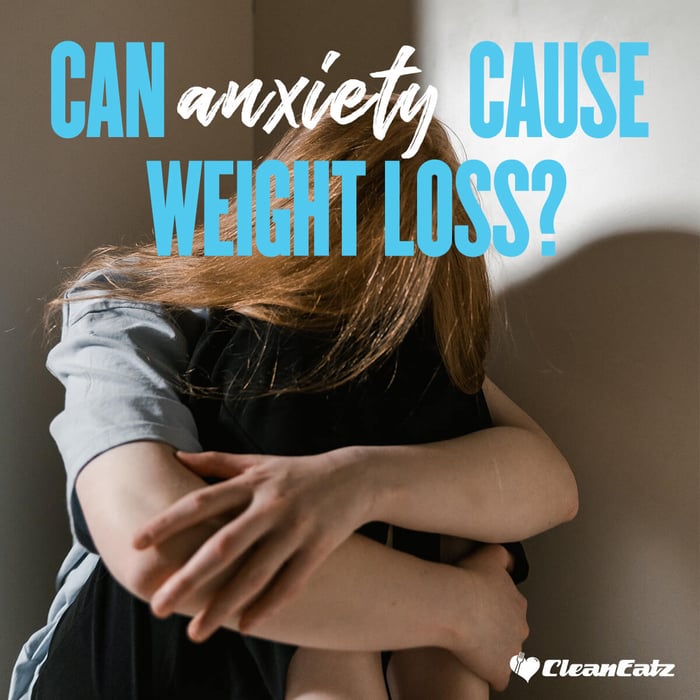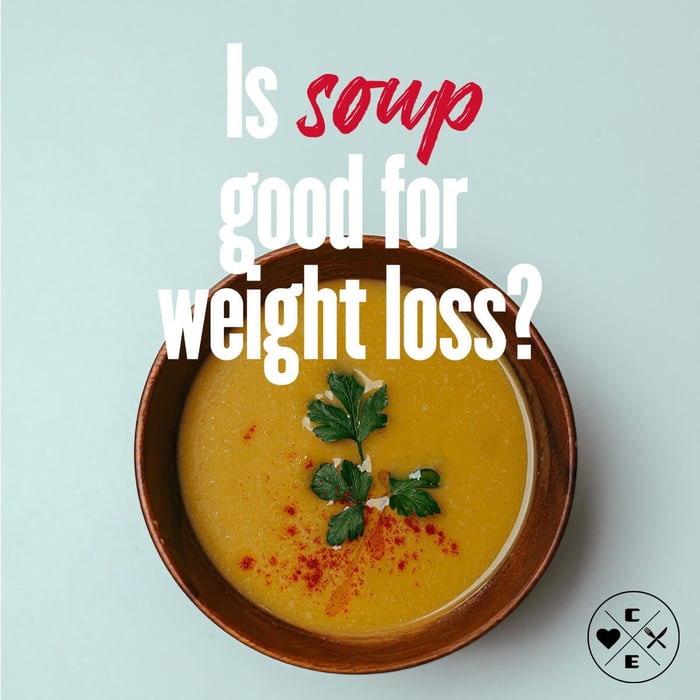Last updated: September 11, 2025
Short answer: Yes, protein bars can support weight loss when you choose the right ones and use them strategically. The best picks emphasize protein and fiber with lower added sugar and net carbs. Read the label, track portions, and fit bars into an overall plan built on whole foods and consistent habits.
What Are Protein Bars?
Protein bars are convenience snacks typically made from whey, soy, and/or casein proteins with added carbs, fats, vitamins, and minerals. Some versions include nuts, seeds, grains, fruit, or powdered nut butter. People reach for them because they’re portable, portion-controlled, and protein-dense, which can make daily protein goals easier when life gets busy.
Are Protein Bars Good for Weight Loss? Pros & Cons
Pros
- Convenient protein & fiber: helps with fullness between meals.
- Portion control: a single bar is easy to log and track.
- Vitamins/minerals: some bars add micronutrients for balance.
Cons
- Sugar and additives vary: some bars are closer to candy bars.
- Calories add up: sizes and formulas differ—always check the serving.
- Not a magic bullet: bars work best alongside whole-food meals and active habits.
Types of Protein Bars
Meal-replacement bars
More balanced macros designed to stand in for a full meal. Often include added vitamins/minerals and can keep you full if you’re reducing calories.
Protein bars
Higher in protein to support training and recovery. Useful for active people or anyone who wants a protein-forward snack without cooking.
Low-carb bars
Skew lower in sugar and net carbs and often include more nuts/seeds. Helpful if you’re limiting carbs or prefer steadier energy.
How to Read the Label (Quick Targets)
Use these simple checks when you pick a bar:
- Protein: look for about 10–20g per bar.
- Fiber: aim for at least 2–5g per bar.
- Sugar & net carbs: keep added sugar low and prefer lower net carbs for steadier appetite.
- Ingredients: choose bars with protein sources you tolerate and fewer ultra-processed fillers when possible.
Calorie counts vary widely across brands and sizes—log the bar you actually eat.
How to Use Bars in a Weight-Loss Plan
- Position with purpose: use a bar when it prevents a drive-thru stop or bridges a long gap between meals.
- Pair smart: add water, coffee/tea, or fruit/veggies for extra volume and hydration.
- One a day is reasonable: most people do well with at most one bar per day; build the rest of your meals from whole foods.
- Stay consistent: track your bar in your food log and keep your weekly calories aligned with your goal.
Want ready-to-eat options that hit protein targets without guesswork? Explore our Weight-Loss Meal Plan, customize with Build-a-Meal Plan, stock quick breakfasts like Overnight Oats, and shop our Protein Powder.
FAQs
Are protein bars good for weight loss?
They can be—especially when you choose bars higher in protein and fiber with lower sugar/net carbs, and fit them into a calorie-controlled plan.
How many protein bars a day to lose weight?
Moderation works best. Many people cap intake at one bar per day and build the rest of their meals from whole foods.
What’s the difference between meal-replacement and protein bars?
Meal-replacement bars are built to replace a meal (more balanced macros), while protein bars emphasize protein for a compact snack.
What should I look for on the label?
About 10–20g protein, at least 2–5g fiber, lower added sugar, and ingredients you tolerate well. Log calories for the specific bar and serving.
Do low-carb bars work better?
They can help some people manage hunger and energy, but the “best” bar is the one that helps you stay consistent with your overall plan.
Next Steps
Use protein bars as a handy tool—not the whole toolbox. For an easier path, try our Weight-Loss Meal Plan or build a week of protein-forward meals with Build-a-Meal Plan.




